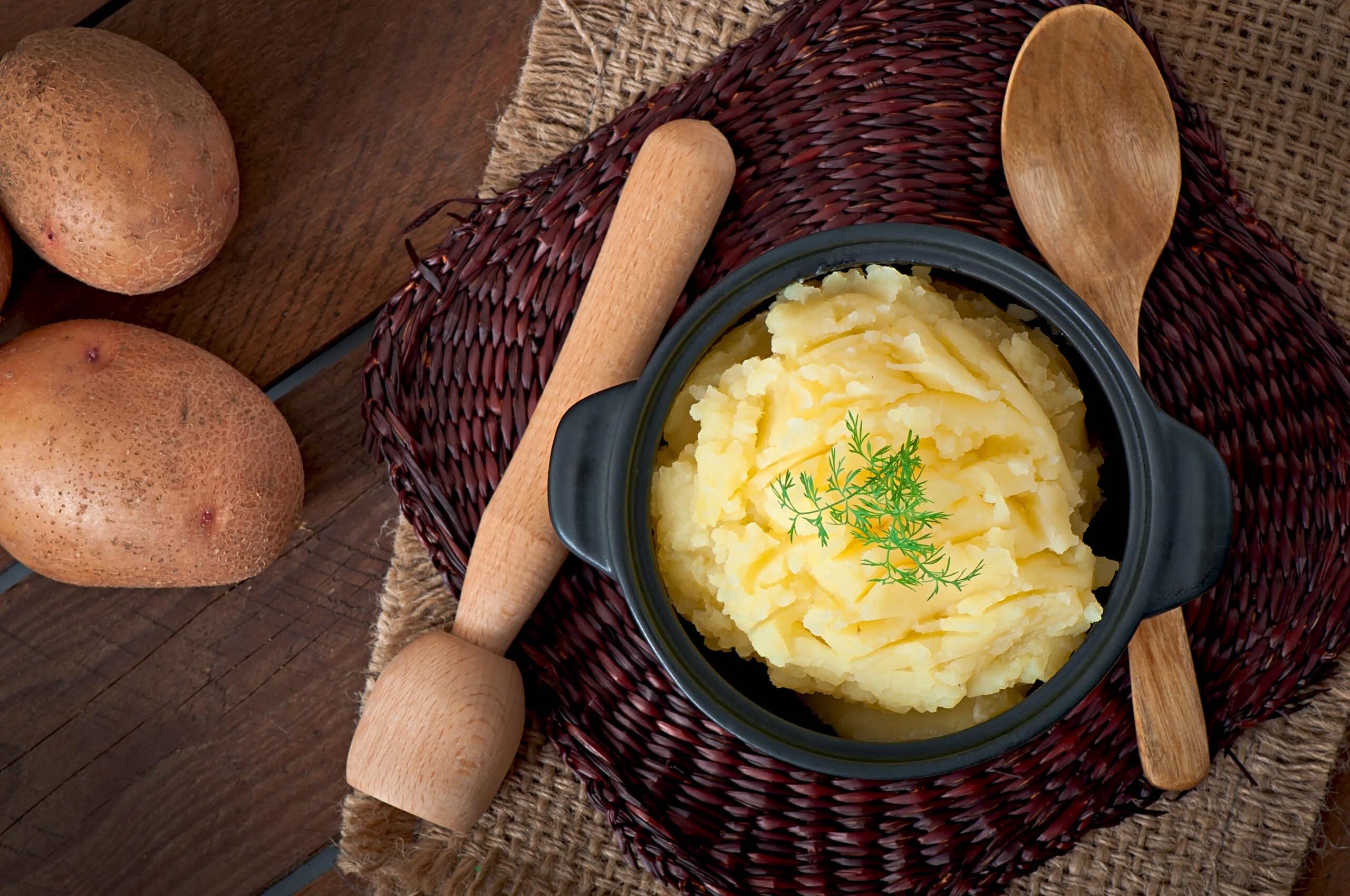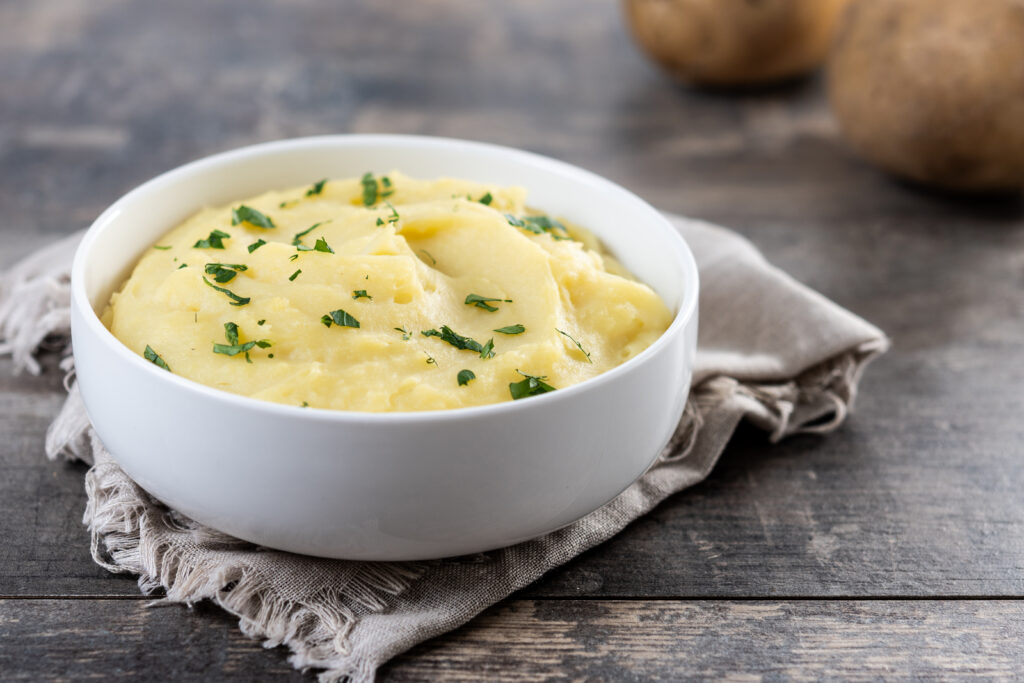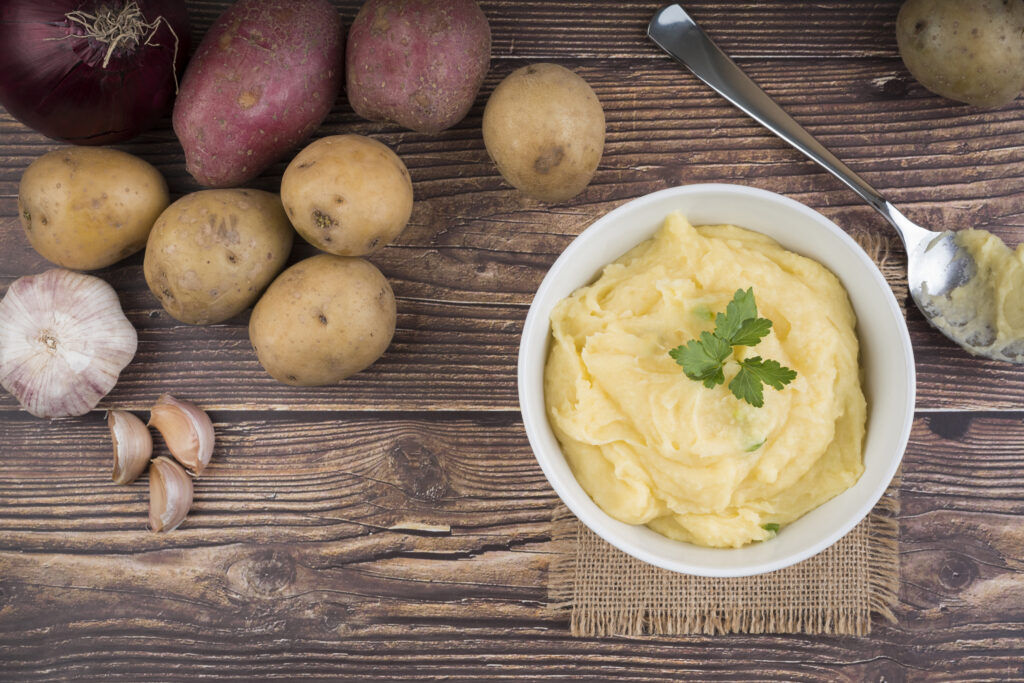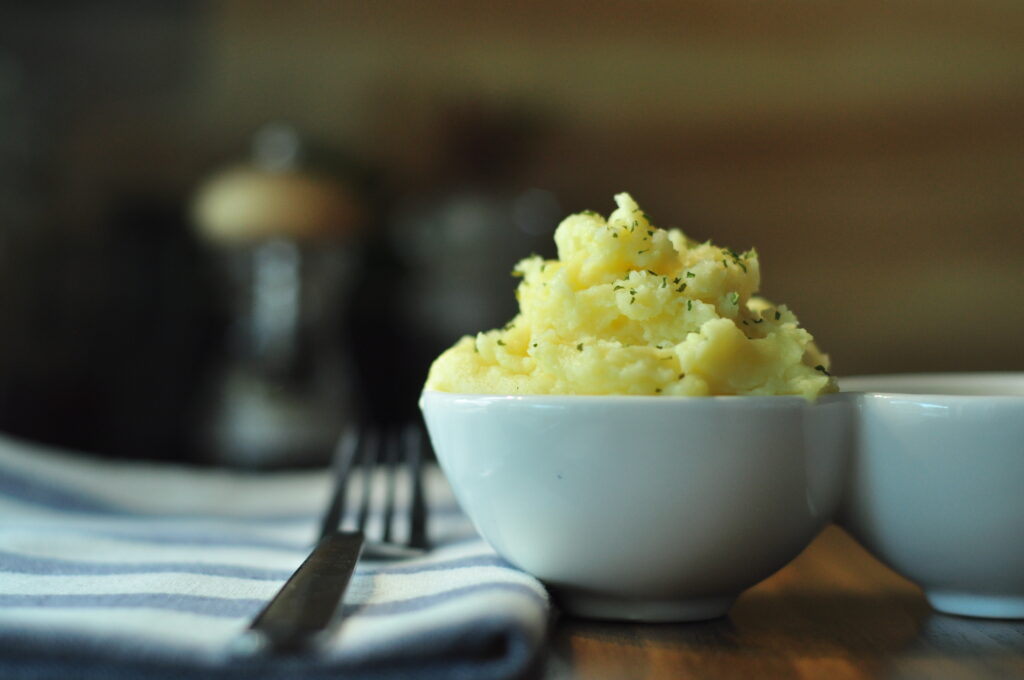100 Warship Pickup Lines


There’s nothing quite as comforting as a bowl of creamy, buttery mashed potatoes. Whether you’re preparing a holiday feast or a simple weeknight dinner, mastering the art of making mashed potatoes can elevate your culinary repertoire. This article will guide you through essential techniques, offer flavorful twists, and provide solutions to common issues, ensuring you achieve the best mashed potatoes every time.

The foundation of making perfect mashed potatoes lies in choosing the right type of potato and employing proper techniques. Start by selecting starchy potatoes like Russets or Yukon Golds, which break down easily and absorb flavors well.
Peel and cut the potatoes into evenly sized chunks to ensure uniform cooking. Place them in a pot of cold, salted water and bring to a boil. Reduce the heat and simmer until the potatoes are tender when pierced with a fork.
For smooth mashed potatoes, use a potato ricer or food mill. If you prefer a chunkier texture, a traditional potato masher will do the trick. Avoid using a blender or food processor, which can make the potatoes gummy.
This classic recipe highlights the natural buttery flavor of Yukon Gold potatoes, resulting in a creamy and rich side dish.
Peel and cut the potatoes into chunks. Boil in salted water until tender. Drain and return to the pot. Add butter and milk, mashing until smooth. Season with salt and pepper.
Russet potatoes provide a light and fluffy texture, perfect for traditional mashed potatoes.
Peel, cube, and boil potatoes in salted water. Drain and mash with butter and cream. Season with salt and white pepper for a classic taste.
Add a tangy twist to your mashed potatoes with sour cream and chives, offering a fresh and flavorful variation.
After boiling and mashing the potatoes, fold in sour cream and chives. Adjust seasoning with salt and pepper.
Buttermilk adds a creamy tanginess to mashed potatoes, making it a Southern favorite.
Prepare potatoes as usual. Mash with butter and buttermilk until smooth. Season to taste with salt and pepper.
Infuse your mashed potatoes with fresh herbs for an aromatic and flavorful dish.
Boil and mash potatoes. Stir in butter, half-and-half, and herbs. Season with salt and pepper for a fragrant finish.

Even seasoned cooks can encounter issues when making mashed potatoes. Here are some common mistakes and how to fix them:
Overmixing can lead to gluey potatoes. To fix, gently fold in additional butter or cream to loosen the texture.
If your potatoes are lumpy, they may be undercooked. Return them to the pot and cook until fully tender.

Store leftover mashed potatoes in an airtight container in the refrigerator for up to three days. For longer storage, freeze them in a freezer-safe container for up to two months. To reheat, thaw overnight in the fridge and warm gently on the stovetop, adding a splash of milk or cream to restore moisture.
Mashed potatoes are versatile and pair well with a variety of dishes. Serve them alongside roasted meats, grilled vegetables, or hearty stews for a complete meal. Their creamy texture complements the flavors of savory dishes, enhancing the overall dining experience.
Enhance the presentation of your mashed potatoes with simple garnishes. A sprinkle of chopped chives, a pat of melting butter, or a dusting of paprika can add visual appeal and a burst of flavor.
To reheat mashed potatoes without losing flavor, use low heat on the stovetop or a microwave at 50% power. Stir frequently and add a bit of milk or butter to maintain the creamy texture. Avoid overheating, which can dry out the potatoes.
Mashed potatoes are enjoyed worldwide, each culture adding its unique twist. In France, they may be enriched with garlic and olive oil, while in Ireland, they’re combined with cabbage to make colcannon. Explore these global variations to expand your mashed potato repertoire.
Elevate your mashed potatoes with creative additions. Try mixing in roasted garlic for depth, or add a handful of shredded cheese for a rich, cheesy flavor. Experiment with different herbs and spices to create a signature dish that will impress your guests.